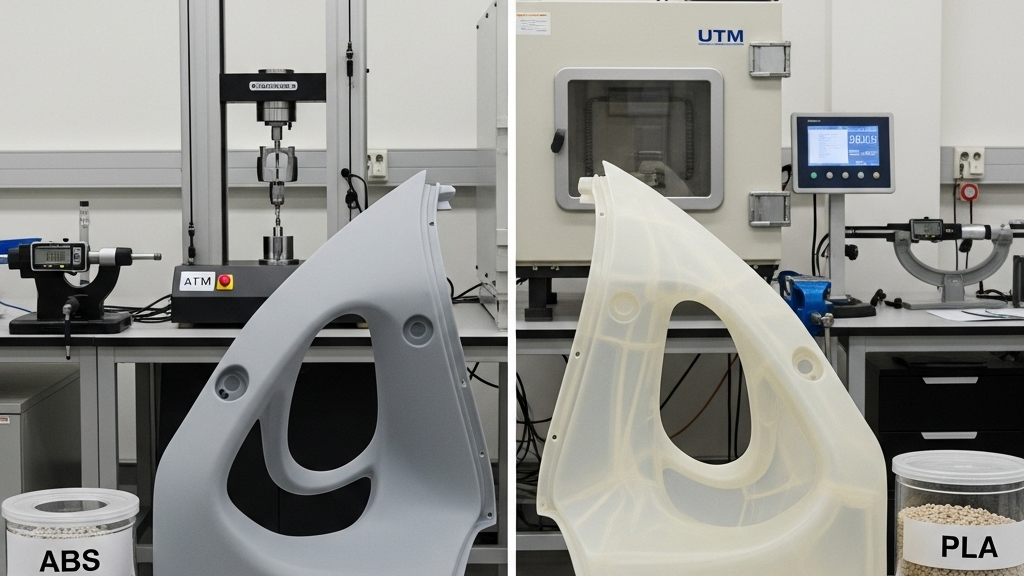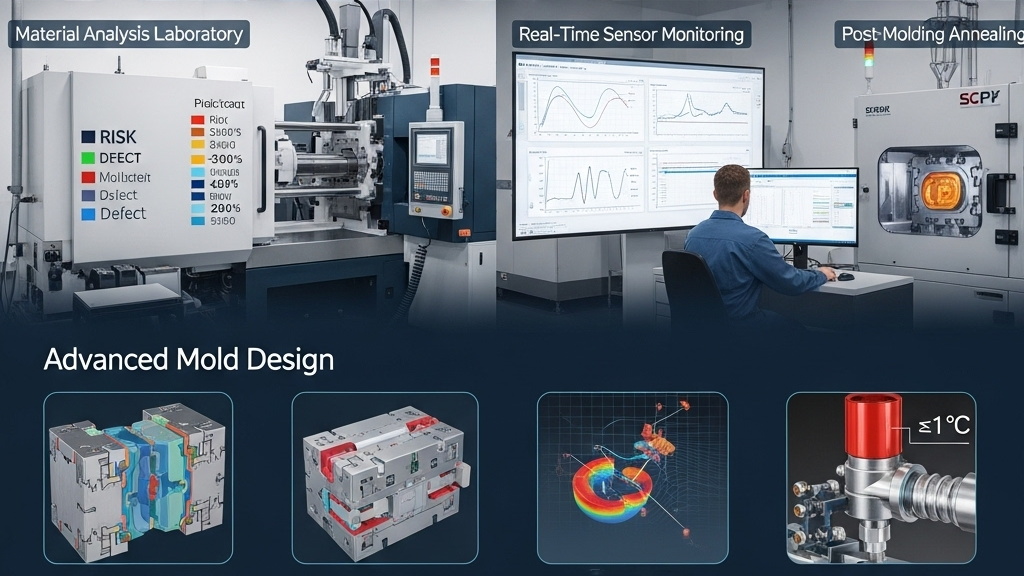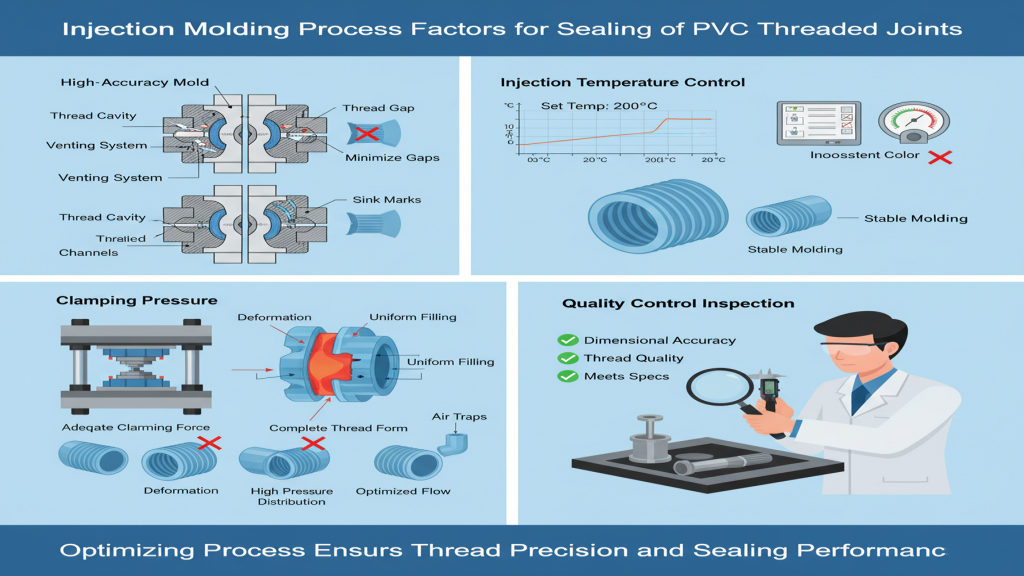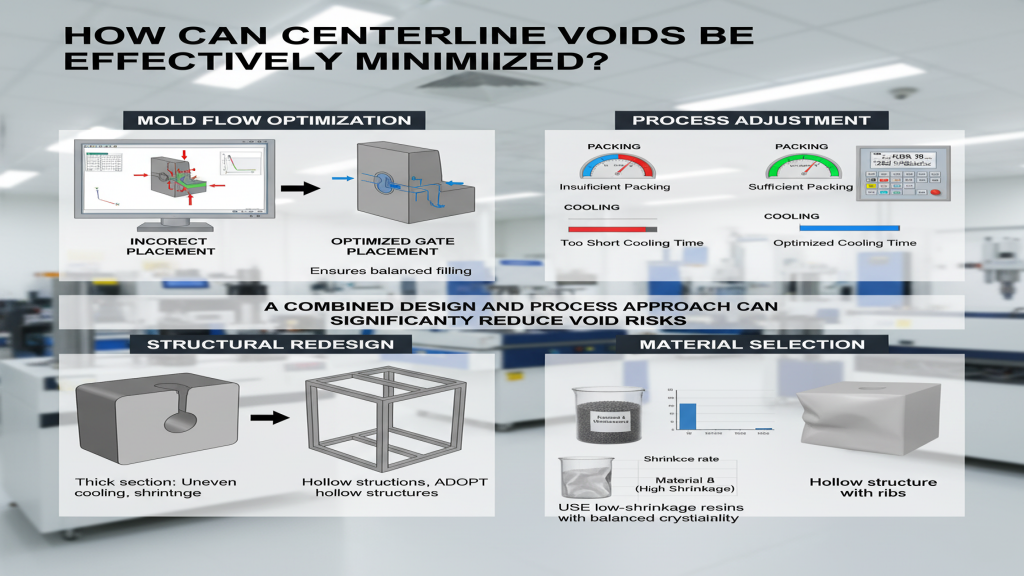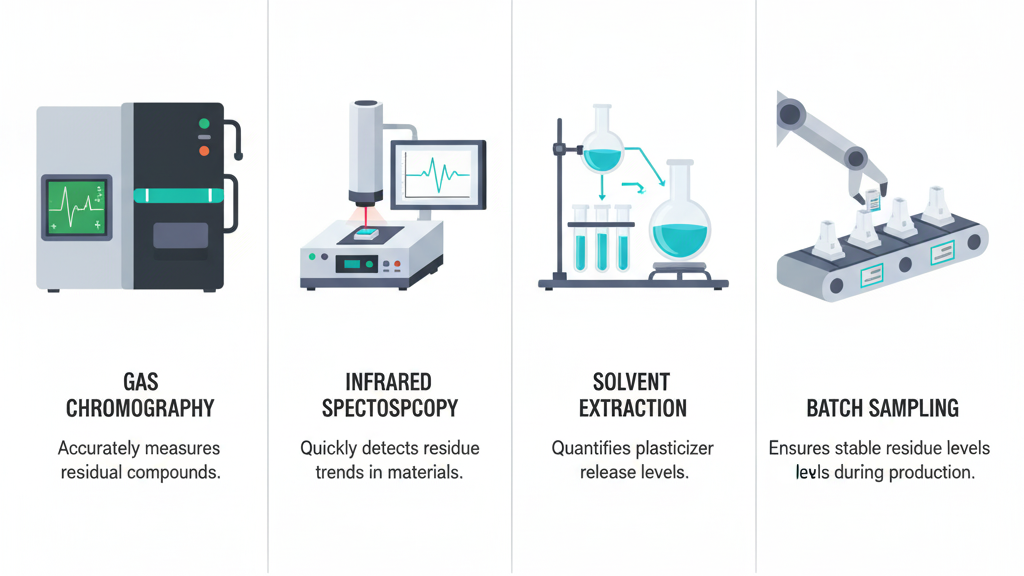
Injection Extrusion Molding is a common plastic processing method in modern industry, and the choice of materials directly affects product quality. Different materials have different physical and chemical properties. Only by selecting the right material can products that meet requirements be produced.
Material properties determine product performance, such as strength, toughness, and heat resistance. Next, we will analyze several common materials in detail, including thermoplastic and thermosetting plastics. For different application scenarios, we will discuss the advantages and disadvantages of the materials. In addition, we will explore how to select the most cost-effective material based on product requirements.
What are the Common Injection Extrusion Materials? How Do Their Properties Differ?

Injection extrusion molding is widely used in various industries, and the selection of materials is crucial to this process. Different materials endow products with different physical and chemical properties, which determine the final performance and application areas of the products.
- Polypropylene (PP): Lightweight and corrosion-resistant, widely used in daily necessities.
- Polyethylene (PE): Flexible and low-temperature resistant, suitable for films and pipes.
- Polyvinyl Chloride (PVC): Flame-retardant and easy to color, often used in building materials and electrical wires.
- Acrylonitrile Butadiene Styrene (ABS): High strength and impact resistance, used in electronic products and automotive interior trim.
How Do Materials Affect Product Performance, Appearance, and Durability?

In injection extrusion molding, material cost is an important factor affecting the total cost of the product. Choosing the most cost-effective material can not only reduce production costs but also increase the market competitiveness of the product.
- Balance Between Material Cost and Performance: Select materials that are reasonably priced and have low wastage while meeting product performance requirements.
- Optimization of Processing Costs: Choose materials with good processing performance, low mold requirements, and short production cycles to reduce processing costs.
- Product Life Cycle Cost: Consider the durability and recycling value of the materials to reduce the long-term cost of using the product.
- Supplier Selection and Bulk Purchasing: Obtain more favorable material prices by comparing suppliers and purchasing in bulk.
How to Choose the Most Cost-Effective Injection Extrusion Material?

Cost-effectiveness doesn't just mean choosing the cheapest material. It's a complex process that comprehensively considers material costs, processing efficiency, product performance, and long-term usage costs.
- Balance Between Material Cost and Performance: Choose materials with reasonable prices and low wastage while meeting product performance requirements.
- Optimization of Processing Costs: Select materials that are easy to process, require low mold complexity, and have short production cycles to reduce processing costs.
- Product Life Cycle Cost: Consider the durability and recyclability of materials to reduce the long-term usage costs of the product.
- Supplier Selection and Bulk Purchasing: Compare suppliers and make bulk purchases to obtain favorable material prices.
Comprehensive consideration of cost, performance and processing
| Material Type | Cost Considerations | Performance Advantages | Processing Characteristics | Overall Evaluation |
|---|---|---|---|---|
| Polypropylene (PP) | Low cost | Lightweight, chemical resistant | Easy to process | High cost-effectiveness, suitable for mass production |
| Polyethylene (PE) | Moderate cost | Good flexibility, low-temperature resistant | Low processing temperature | Suitable for flexible products like films and pipes |
| Acrylonitrile Butadiene Styrene (ABS) | Higher cost | High strength, good impact resistance | Moderate processing difficulty | Suitable for electronic product housings, automotive interiors |
| Polycarbonate (PC) | High cost | High transparency, strong impact resistance | High mold requirements | Suitable for automotive headlights, safety protection products |
New Materials Bring Opportunities and Challenges for Product Innovation
The emergence of new materials brings unprecedented opportunities for product innovation, but also comes with many challenges. The environmental impact of new materials also needs to be carefully evaluated to ensure they are sustainable throughout their life cycle.
1.Performance Improvement: The excellent properties of new materials drive breakthroughs in product strength, lightweighting, and other aspects.
2.Functional Innovation: The emergence of new materials such as smart materials endows products with innovative functions such as sensing and self-repair.
3.Sustainable Development: The development of renewable materials helps product design shift towards environmental friendliness.
4.Technical Challenges: The research, development, and application of new materials require high technical expertise, necessitating continuous technological innovation.
Conclusion
The key to selecting injection extrusion materials lies in balancing cost and performance. It is necessary to optimize material, processing, and long-term costs while meeting product requirements. Economic efficiency is an important consideration in material selection.
For expert assistance in implementing for your production needs, visit our resource center or contact us. Let’s help you scale up your manufacturing with precision and efficiency!

